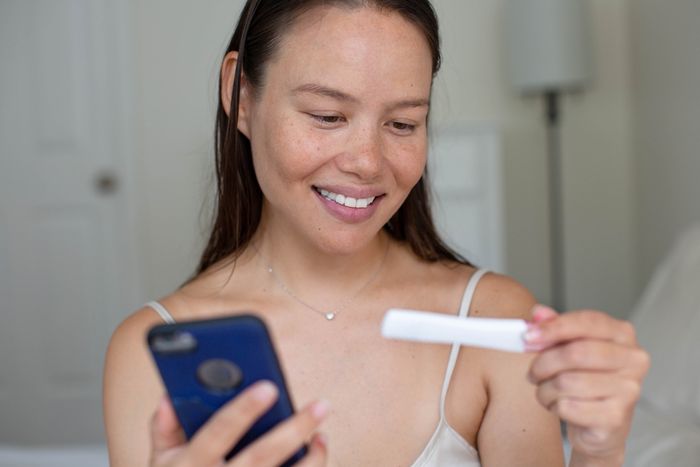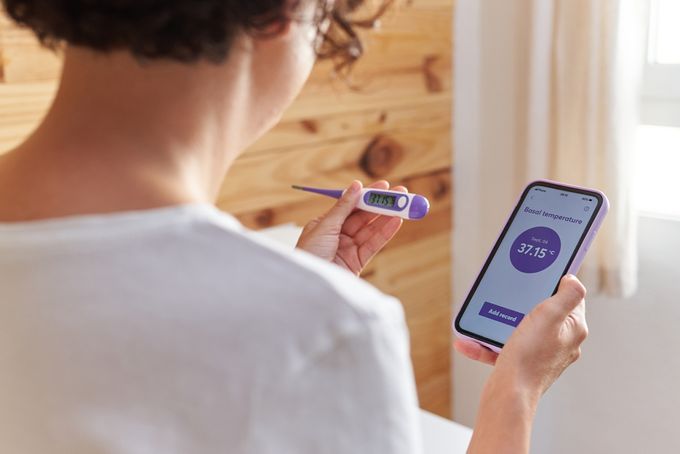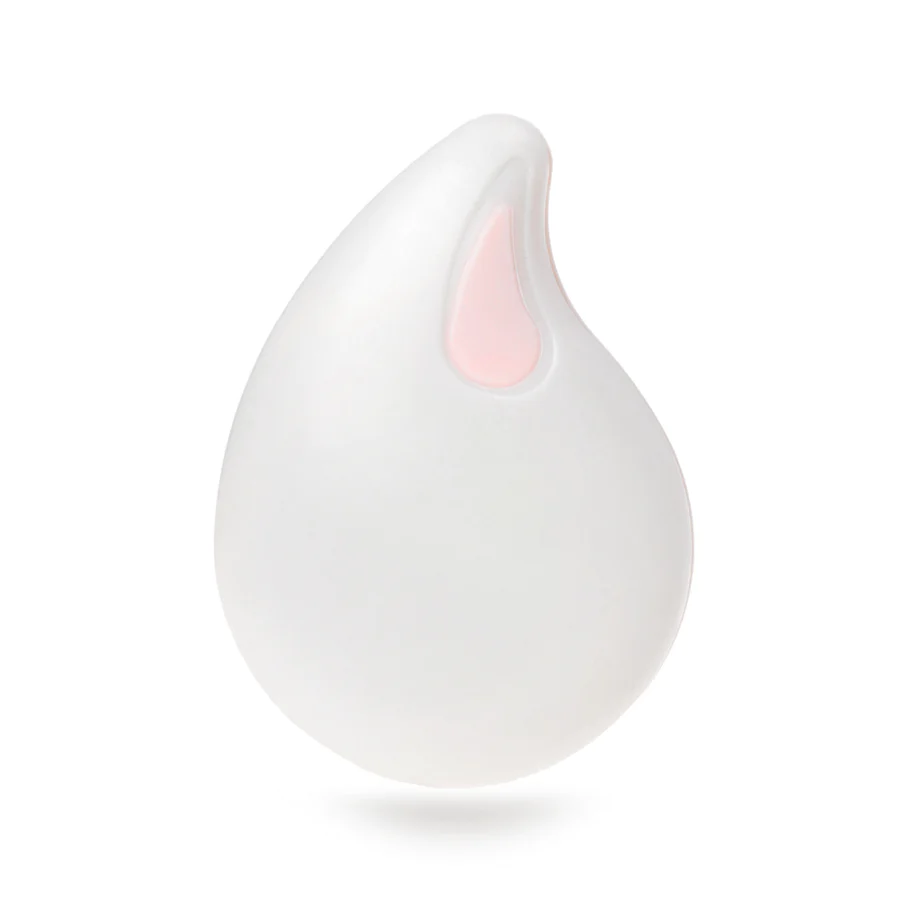Positive OPK But No Temp Rise: What This Means & What To Do Next
Understanding the role of OPKs and its accuracy in predicting ovulation
Published November 3, 2023.

It can be confusing when you're tracking your ovulation cycle and you get a positive OPK—ovulation predictor kit—luteinizing hormone (LH) result, but no ovulation or expected increase in basal body temperature (BBT). A better understanding of OPK can be crucial if you're trying to conceive or want to understand your hormonal health better.
So, let's get into more detail about:
- The role of OPK's for predicting ovulation
- Confirmation of ovulation through different methods,
- Considerations that explain positive OPK's, even when there may be no confirmed ovulation
The Role of OPKs in Ovulation Prediction
OPKs are over-the-counter kits that help detect rising luteinizing hormone (LH) levels slightly before ovulation. They're responsible for rupturing the follicle—a fluid-filled sac that holds the egg. The tests are generally accurate, but LH levels fluctuate, and a positive OPK without actual ovulation can happen.
Some potential reasons we can see false-positive OPK and LH results include:
- PCOS
- Anovulation
- Perimenopause or menopause,
- Recent pregnancy
- Certain medications
- The type of LH surge you have
- Incorrect testing
What is anovulation?
Anovulation happens when you're not ovulating but have LH surges that don't adequately trigger the release of the egg.
Confirming Ovulation Through Different Methods
Ovulation Confirmation Without the BBT rise
Pregnancy without noticeable BBT rise after ovulation is rare and I personally haven't witnessed it while working with clients.
However, potential causes of confirmed ovulation with no noticeable BBT rise could be:
- Thyroid issues
- Disrupted sleep
- Inaccurate BBT monitoring
- Low progesterone levels
Shifts in BBTs are reassuring, as they indicate adequate progesterone production—particularly if it is combined with a 12 to 16 day luteal phase. A healthy luteal phase is key for pregnancy, as it thickens your uterine lining.
Seek medical attention if you suspect you have progesterone-related issues like irregular periods, spotting, and headaches.
Unraveling Hormonal Factors
The Significance of LH Surge and Its Absence
LH triggers ovulation and transforms the follicle into the corpus luteum, a temporary endocrine structure that produces progesterone for the remainder of the cycle—or through the beginning of a pregnancy.
Why is my LH not rising?
LH rises before ovulation, which gives you a positive LH result when you test with an OPK kit. No LH surge could mean you might be experiencing anovulation. The condition usually relates to hormonal imbalance, perimenopause, medication side effects, and PCOS. However, combining with other methods of tracking, such as BBT, will help you identify this.
You need to identify and address any underlying hormonal problems for your fertility and overall health. Work with a holistic provider to address diet, lifestyle, herbs, supplements, and medications to regulate LH levels.
» Learn more about how quality rest impacts reproductive health
Other Considerations
Additional Reasons for No BBT Rise After Ovulation
Other than hormonal abnormalities or anovulation, the most common reason for a lack of BBT rise I see is inadequate monitoring.
If you use an oral thermometer - check at the same time every day and consider factors like environment, adequate sleep, illness, inflammation, and alcohol. You can mitigate all of these tracking issues using Tempdrop.
» Read the full Tempdrop fertility tracker review
LH Surge and Its Relationship with Cervical Mucus
Cervical mucus reflects your estrogen and progesterone status. Before ovulation, the fluid becomes fertile—stretchy and clear—releasing LH soon after. You can check for cervical fluid by wiping before going to the bathroom each day and seeing how it feels.
Consider working with a fertility awareness educator if you see an LH surge but no cervical mucus or fluid. Investigate potential causes such as dehydration, medication, and gut and hormone imbalances.
» Find out how ovulation tests fit into fertility charting
The Next Steps to Navigate Fertility Challenges
LH is part of the larger hormonal picture, and ideally, you'd see an increase in cervical mucus (quality and quantity) followed by an LH surge and then a rise in BBT. There are numerous factors to consider if you're not seeing this pattern, and it can be wise to work with a holistic healthcare provider or fertility specialist for personalized guidance.
Stay hopeful because you can often address fertility issues with the proper knowledge and professional support.
Make sure you use your Tempdrop in the journey, as it can provide valuable insight into temperature rises, adequate luteal phases, and ovulatory patterns.












